Top Tips for Perfectly Mulching Your Garden Beds
A lot of people who start gardening don’t find mulching exciting, and the same goes for me. However, as I gained more experience in growing plants, I realized that it helps my garden beds look tidier while keeping the soil nourished and happy.
A good mulching routine can lead to fewer weeds, better soil moisture, and eventually, healthier plants! There are a lot of different mulches out there, and choosing the right one can greatly benefit your garden.
To help you get started with mulching, I’ll teach you what mulch actually is, which types work best on different areas, and how to apply them.
This post may contain affiliate links, which helps keep this content free. Please read our disclosure for more info.
What Is Mulch and Why Does It Matter?
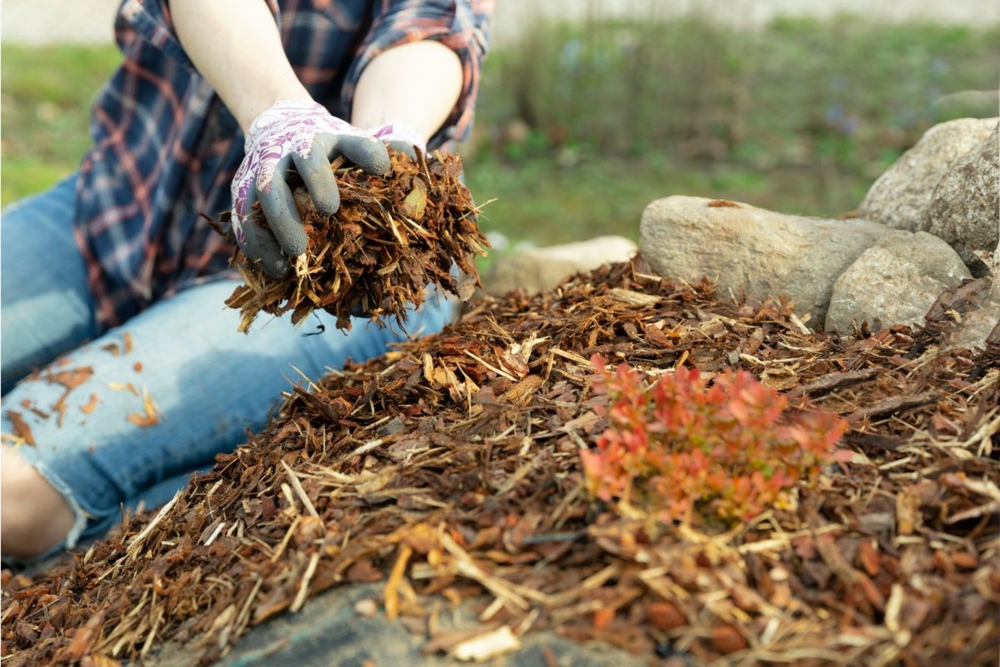
For starters, mulch is a layer of material you spread over the soil. It can be natural, like bark, straw, leaves, or compost, but you can also use gravel or rubber. Some types of mulch break down over time and provide nutrients for your soil, while others just stay there to keep the moisture.
Here’s what mulch can do for your garden.
- Keeps soil moist longer
- Blocks weed growth
- Helps regulate soil temperature
- Makes beds look neat and tidy
If you’ve ever walked through a forest and noticed how the ground is covered in leaves, twigs, and bits of bark, that’s nature doing its own mulching. Bringing that same idea into your garden helps mimic those natural conditions that plants love.
Types of Mulch You Can Use
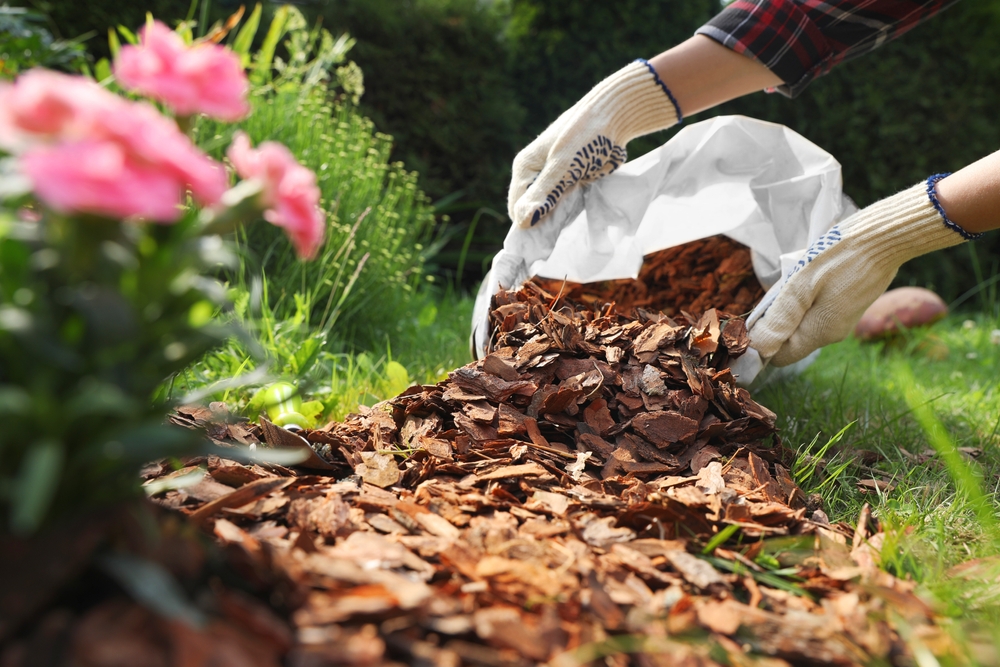
Organic mulches include things like shredded bark, straw, grass clippings, compost, and leaves. These are great for feeding your soil as they break down. They’re usually easy to find, and you can often get them for free or cheap.
Inorganic mulches like gravel, rubber chips, or fabric don’t break down, so you don’t have to replace them often. These are better for long-term beds where soil improvement isn’t a priority.
When to Apply Mulch
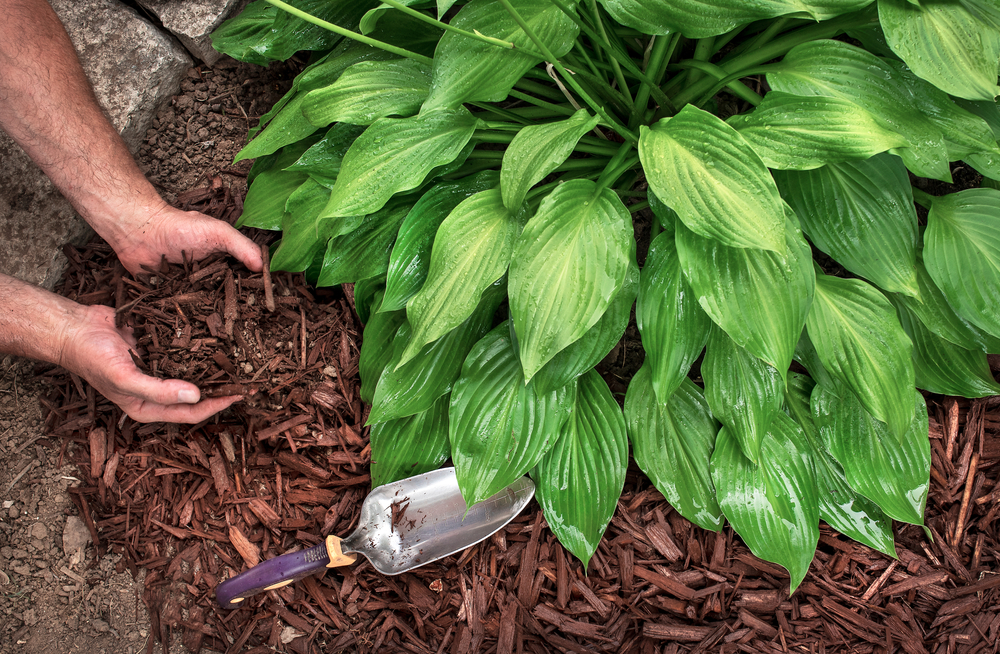
Spring and fall are the best times to add mulch to your garden beds. In spring, it helps hold in moisture and gives plants a good head start. In fall, it keeps the soil warm a little longer and protects roots from cold snaps.
You can also mulch right after planting or after you’ve pulled weeds. Doing it before frost helps shield the soil from sudden temperature swings. Just be sure the soil isn’t frozen when you spread the mulch, or you might trap in cold and moisture.
The timing can affect how well your plants grow and how many pests show up. For example, mulching too early in spring might keep the soil too cool for seedlings, while waiting too long in summer could let weeds take hold first.
How Much Mulch Should You Use?
Most garden beds do well with about 2 to 4 inches of mulch. That’s enough to block weeds and hold in moisture without smothering your plants. If you pile on too much, it can trap moisture and lead to root problems or invite pests.
You just need to figure out how much mulch you need, depending on your garden bed.
- Measure the length and width of the bed
- Multiply those numbers to get square footage
- Use a mulch calculator to estimate how many bags or cubic yards you’ll need
It’s better to start light and add more later than to put down a thick layer all at once.
How to Apply Mulch Properly
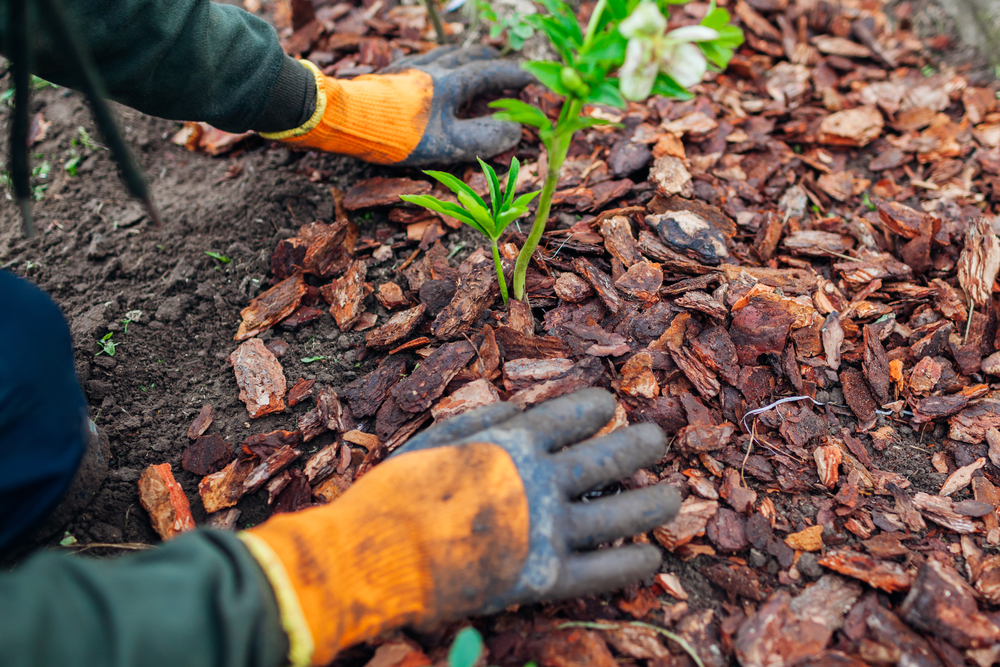
Start by cleaning out the area where you’ll be spreading mulch. Pull up any weeds and clear out fallen leaves or other debris. Water the soil first so it’s nice and moist underneath the new layer.
- Spread mulch evenly across the bed
- Keep it a few inches away from stems or trunks
- Don’t pack it down too tightly
- Use a rake, gloves, and a wheelbarrow to make the job easier
If you’re freshening up an old layer, fluff it with a rake first before adding more.
Common Mulching Mistakes to Avoid
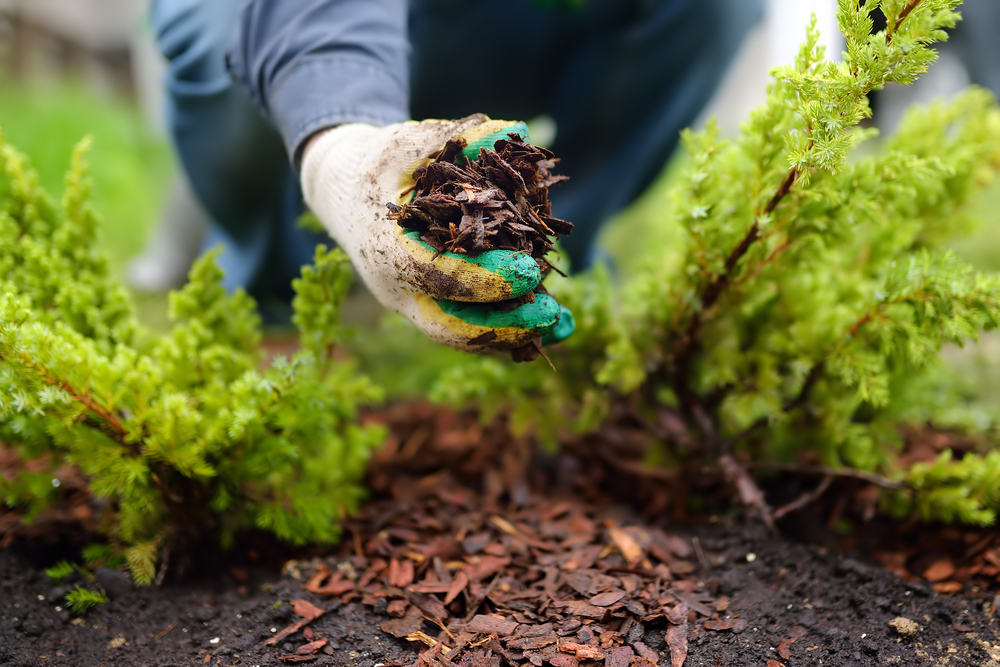
One of the most common mistakes is piling mulch right up against tree trunks. This can lead to rotting bark and pests, something gardeners call a mulch volcano. Always leave a little breathing room around trunks and stems.
Here are other mistakes that you want to avoid.
- Using fresh wood chips that haven’t aged
- Spreading mulch on top of weeds
- Letting mulch get too thick and soggy
These small things can cause big headaches down the road if left unchecked.
Special Tips for Vegetable Gardens

When growing food, it’s usually best to stick with organic mulch. Straw, dried leaves, compost, or untreated grass clippings are all solid picks. They break down into the soil and give your plants a little boost over time.
Mulch can help your vegetables by keeping the soil moist and stopping the dirt from splashing onto the leaves, which can spread disease. Just make sure the mulch isn’t too thick or packed in too close, or it could block air flow.
Eco-Friendly and Cost-Saving Mulch Options
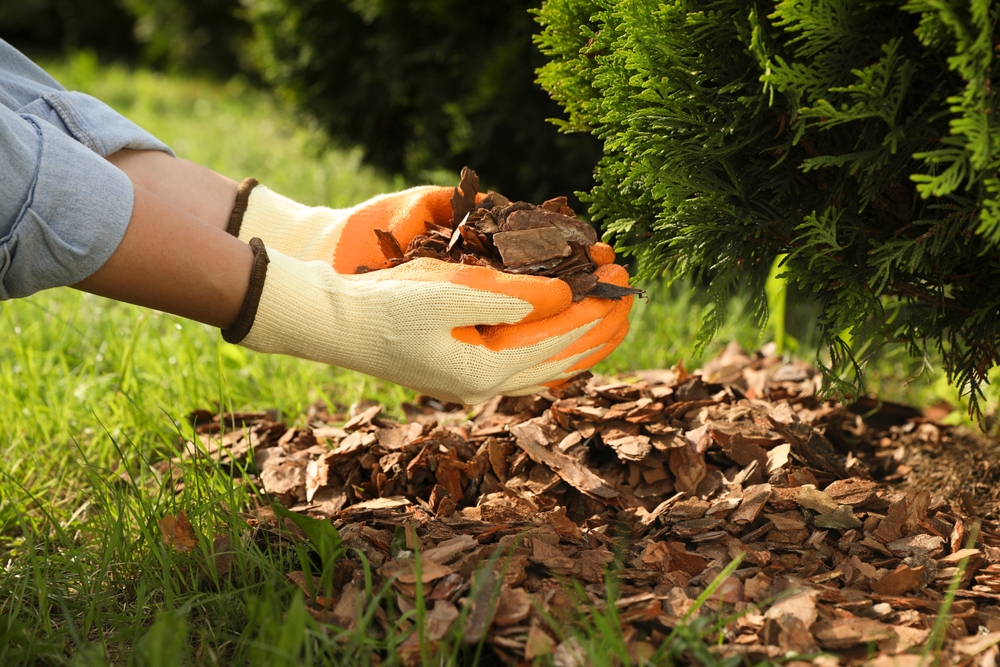
You don’t always have to buy mulch. Some cities offer free mulch made from collected yard waste or chipped Christmas trees. You can also use your own grass clippings, chopped leaves, or even shredded newspaper. Here are other affordable ideas if you’re looking to save money.
- Check with local composting programs or garden centers
- Use what your yard already produces
- Shred cardboard or newspaper as a temporary fix
- Layer homemade compost with dried leaves or straw
Local mulch is often better for your soil and wallet. And when you use what you already have, there’s less waste to deal with.
Maintenance Tips for Healthy Mulched Beds
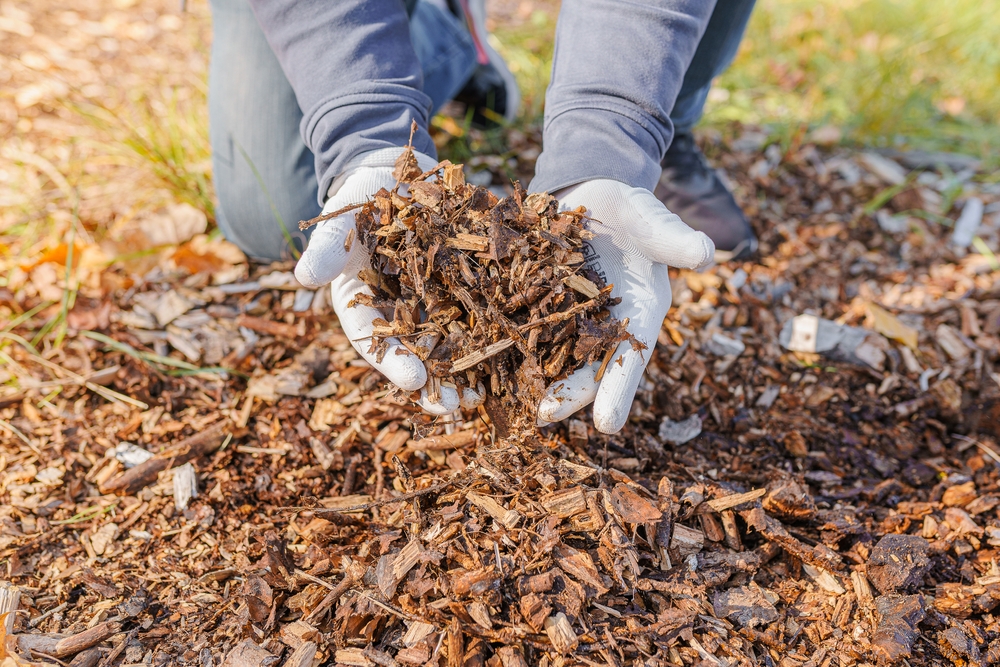
Check your mulch every couple of months, especially after heavy rain or dry spells. If it looks matted down or patchy, it might be time to fluff it up or add a fresh layer.
Watch out for signs of damage.
- Foul smell or visible mold
- Plants are struggling to grow
- The mulch looks compacted or worn down
Healthy mulch keeps your garden low-maintenance and helps your plants stay strong through the seasons. A little upkeep now and then makes a big difference.
Mulching might seem like a small step, but it makes a big difference in how your garden looks and grows. It helps your plants stay healthy, keeps weeds in check, and saves you time watering and weeding. Once you get the hang of it, it’s one of the easiest habits to keep up.
This article originally appeared on Avocadu.
